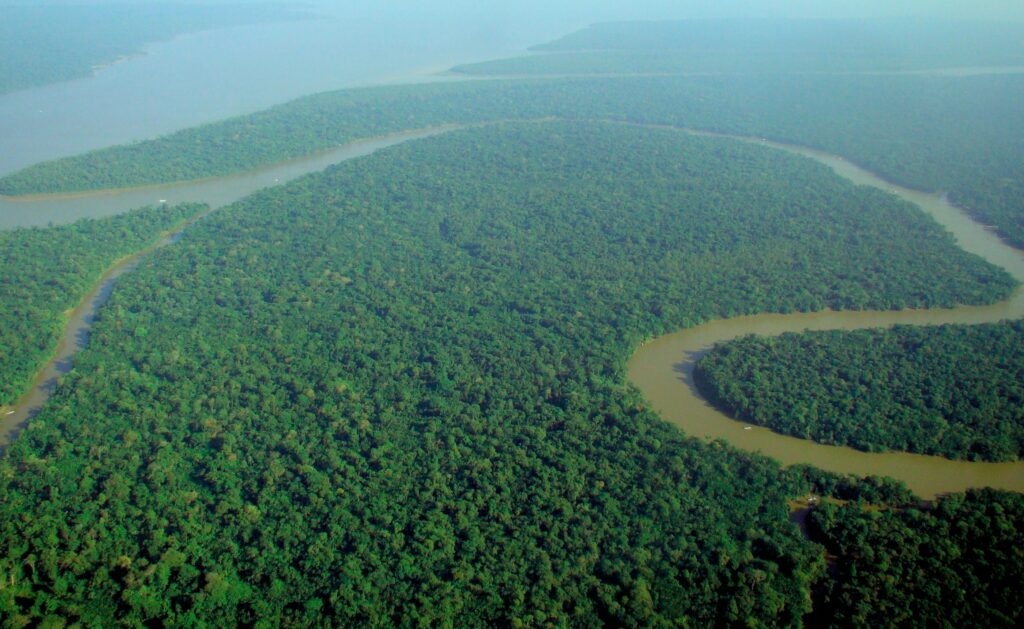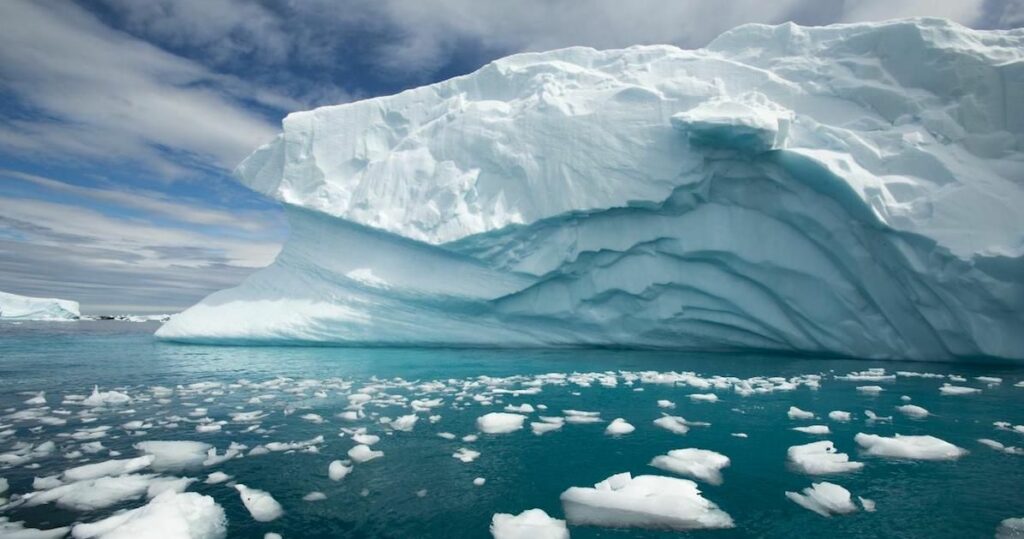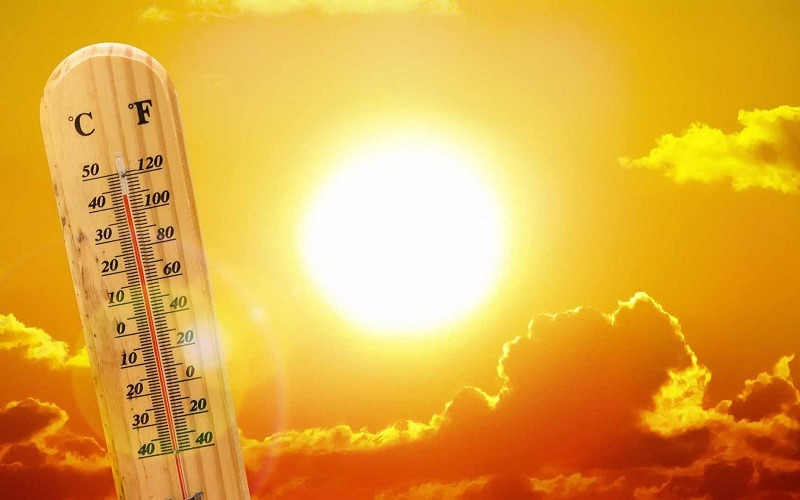Global warming has been increasing significantly for twenty years, but in 2021, it has accelerated significantly. Intense rainfall, heat waves, tropical cyclones have intensified. The effects of these extreme phenomena are devastating for the environment and impact millions of people around the world. According to the latest report from Intergovernmental Panel on Climate (IPCC) developed by 234 scientists from 66 countries, human influence has warmed the climate at a rate not seen in at least 2000 years.
When COP 26 which was held from November 1 to 13 in Glasgow, Scotland, United Kingdom, around a hundred countries representing 85% of the world‘s forests had officially committed to halting deforestation by 2030. Among the territories concerned, the boreal forest of Canada, the Amazonian forest but also the forest from Central Africa (which absorbs more carbon than it releases). Indeed, deforestation has increased in recent years, and it has taken on a very large scale in 2021. Forest fires have multiplied, especially in Brazil. Last June, 2308 fire sources were detected by the satellites of the National Institute for Space Research (COMMIT), a record since the historic fires of 2007, a disaster for our planet.

CAUSES OF RISE IN TEMPERATURES
Demographic pressure is leading to an explosion in the exploitation of forest resources. In the Amazondeforestation is mainly due to industrial agriculture with forests of varied vegetation which are entirely replaced by forests of rubber trees or soybeans. In Africa, it is due to agriculture on burned. It is an agrarian mode of operation which consists of clearing plots by fire. These are then used for subsistence farming before being left fallow. There is also the exploitation of charcoal, one of the practices necessary for the life of these populations.

The increase in temperature at the earth’s surface is due to the effect of artificial greenhouse caused by gases released into the atmosphere such as CO2, methane (2nd cause of GES, rejected by intensive farming). It is different from the effect of natural greenhouse. When the earth is illuminated by the sun, its surface again emits some of the radiation it has received into space. Except that greenhouse gases like CO2, methane where the protoxide d’nitrogen retain some of this infrared radiation emitted by the earth and reflect it back to it, causing it to heat up. This naturally emitted heat is essential to human life.
Man has disrupted this mechanism by burning oilof gaz a you coalthe deforestation and intensive agriculture. These gases accumulate in the atmosphere and the excess energy introduced into the climate by human action has dramatic consequences: melting ice, rising oceans, increased precipitation. But also l’acidification of the oceans (excess CO2 dissolves in high surfaces and makes them more acidic).

INITIATIVES TO CHANGE THINGS
To limit the harmful effects of rising temperatures, governments are trying to adapt to the climate change that our way of life has ended up creating. They put in place policies aimed at protecting populations and nature against potential threats linked to global warming (by using renewable energies, for example). CO2 sequestration is also a solution. It consists of recovering excess CO2 from the atmosphere and storing it in nature. Mitigation measures, such as replacing fossil fuel cars with electric fuel cars, can also be taken.
In many countries, we also speak of carbon neutrality. It is defined as the balance between carbon emissions and its absorption by carbon sink (forests, soils or oceans). Achieving this neutrality means rejecting as much carbon as we absorb, whether by natural or technological means, but this requires colossal investments. Many agreements are signed without being ratified…
Nationally Determined Contributions (CDN) correspond to the commitments made by each of the 196 of the signatory countries of the Paris agreement, which aims to contain global warming within a range between 1.5 and 2 degrees Celsius by 2100 compared to pre-industrial (mid-19th century) levels. Commitments which we now know will be untenable, given the acceleration of current global warming. Experts point to temperatures on the earth’s surface increasing by + 6° to + 7° Celsus in 2100.
THE ROLE OF THE IPCC
The Intergovernmental Panel on Climate Change (IPCC) is a scientific body created by the United Nations Environment Program (UNEP) and the World Meteorological Organization (OMM) in 1988. It determines the causes and consequences of climate change, establishes possible scenarios and assesses the possibilities for limiting the extent of the crisis. Its reports summarize scientific knowledge on climate change. They serve as a basis for States to establish their climate policies and to debate at major international meetings.
